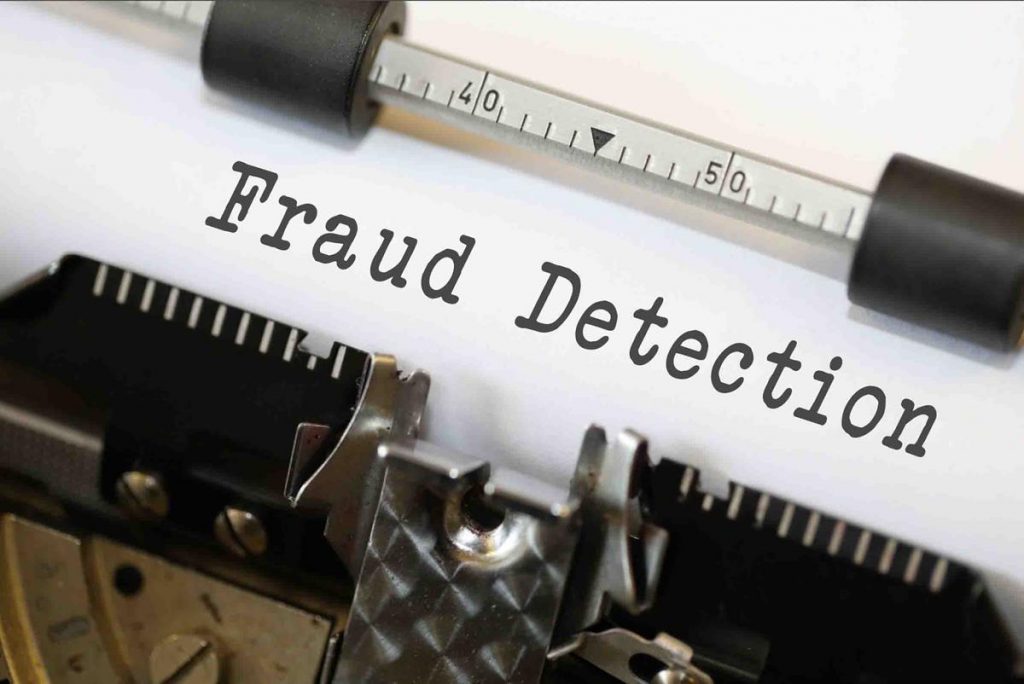What can you do, when a court of law refuses to recognize that you are, in fact, alive? That’s what happened to Romanian man Constantin Reliu earlier this year. Alive, but dead on paper. Does it happen in the United States? Absolutely. What’s more, it happens more often than you might think.
Constantin Reliu’s Story

Image via screen capture
In 1992, Romanian citizen Constantin Reliu went to Turkey to seek work. He found it, and worked as a chef for several years. But long distance relationships are never easy. Returning to Romania on a visit in 1995, Reliu discovered his wife had cheated on him. So he went back to Turkey.
And then, in 2016, his wife filed the paperwork to have him declared dead in absentia.
If that wasn’t enough, Reliu also apparently let his visa lapse. Turkish authorities found him, and deported him for having expired papers. But when he returned to Romania, he found that he was, for all intents and purposes, legally dead. To make matters worse, he filed an appeal to overturn his death certificate. But the courts rejected the appeal, because he had filed it too late. The decision, they said, was final.
It didn’t matter that Reliu was standing right there in front of the court officials. He was legally dead, and, they told him, he was going to stay that way.
It might sound like the setup for a Hollywood comedy. But Reliu isn’t laughing. He can’t work, and he has no income. His wife now lives in Italy. And, because Turkey deported him, he can’t go back there, either.
“I am a living ghost,” Reliu told Metro UK. “I am officially dead, although I’m alive. I have no income and because I am listed as dead, I can’t do anything.” He added, “I am not sure whether I am divorced or not. I am not sure whether she is married to someone else or not. Nobody will tell me.”
Not Unheard Of

Image CC BY-SA 3.0 by Nick Youngson, via the Blue Diamond Gallery.
Reliu isn’t the only person to find himself in this position.
In 2016, American Barbara Murphy was having dinner with her husband at a restaurant in Utah. She went to pay the bill, but the bank that had issued the card declined the purchase. Her husband paid the bill. Later, Murphy’s granddaughter called the bank to see what was wrong.
The bank representative told her that Murphy had been dead for two years. Not only that, but the bank had flagged her credit card purchases as fraud, and had frozen her accounts. And to make matters worse, Social Security went after Murphy for two years of payments (about $20,000) that it says it shouldn’t have paid, because Murphy was on their list of deceased Americans.
How Does This Happen?

Image CC 2.0 by Tom Ventura, via Wikimedia Commons.
It all seems to come down to paperwork. In Reliu’s case, his wife filed paperwork based on mistaken information. Reliu was unable to set the record straight because rules about paperwork filing prevented him from doing so.
In the case of Barbara Murphy, someone had erroneously added her name to the Death Master File (DMF). The DMF is a Social Security Agency database of deceased Americans. The listing consists of a name, social security number, date of birth and date of death. It contains approximately 88 million records.
One Detroit man found himself on the list when someone else died, who had a social security number that was the same as his, except for one digit. The funeral director entered this man’s social security number instead. As a result, the man stopped receiving his Social Security checks. In addition, Medicare canceled his coverage. This was probably the worst, as he was suffering from a pinched nerve and herniated disk at the time, and was unable to access medical care.
How Often Does It Happen?
The Office of the Inspector General estimates that around 1,000 people are wrongly added to the Death Master File each month. These errors can occur when states send mistaken information to the Social Security Administration. In addition, data entry errors can result in people ending up on the list by mistake.
The problem comes when the Social Security Agency shares that information with other Federal agencies. As a result, people can lose their government benefits, Medicare and Medicaid, and so on. In addition, banks and credit card companies use the DMF for fraud detection. So people who find themselves wrongly on the list, can find their assets frozen and their cards disabled.
What You Can Do if it Happens To You
According to the Social Security Administration, these errors are rare. What’s more, the SSA predicts that the new updates of its Electronic Death Registration system will make them even rarer. And, in both of the above cases, the Social Security Administration was quick to fix the error, once they knew about it.
However, it could still happen to you. And if it does, it will likely cause some disruption. Here are a few things you can do.
Never give up trying to correct the error. Government offices can be understaffed and overworked. Never stop working to make sure they address your problem.
Document everything. Take notes for all the calls you make, and record the names of the people you speak to. Keep all of your documents in the same place, and keep them safe.
You should also designate a beneficiary with your insurance company, Medicare, Social Security, and other benefit-paying agencies. That way, if you do mistakenly appear on the DMF, the Social Security Administration would notify your beneficiary right away.
Conclusions
Mistakes happen. And some mistakes can cost you time, money, and frustration. Keep track of your personal information, and keep your records safe. The life you save may be your own. At least on paper.
Featured Image is in the Public Domain, by the United States Centers for Disease Control and Prevention, via Wikimedia Commons.












